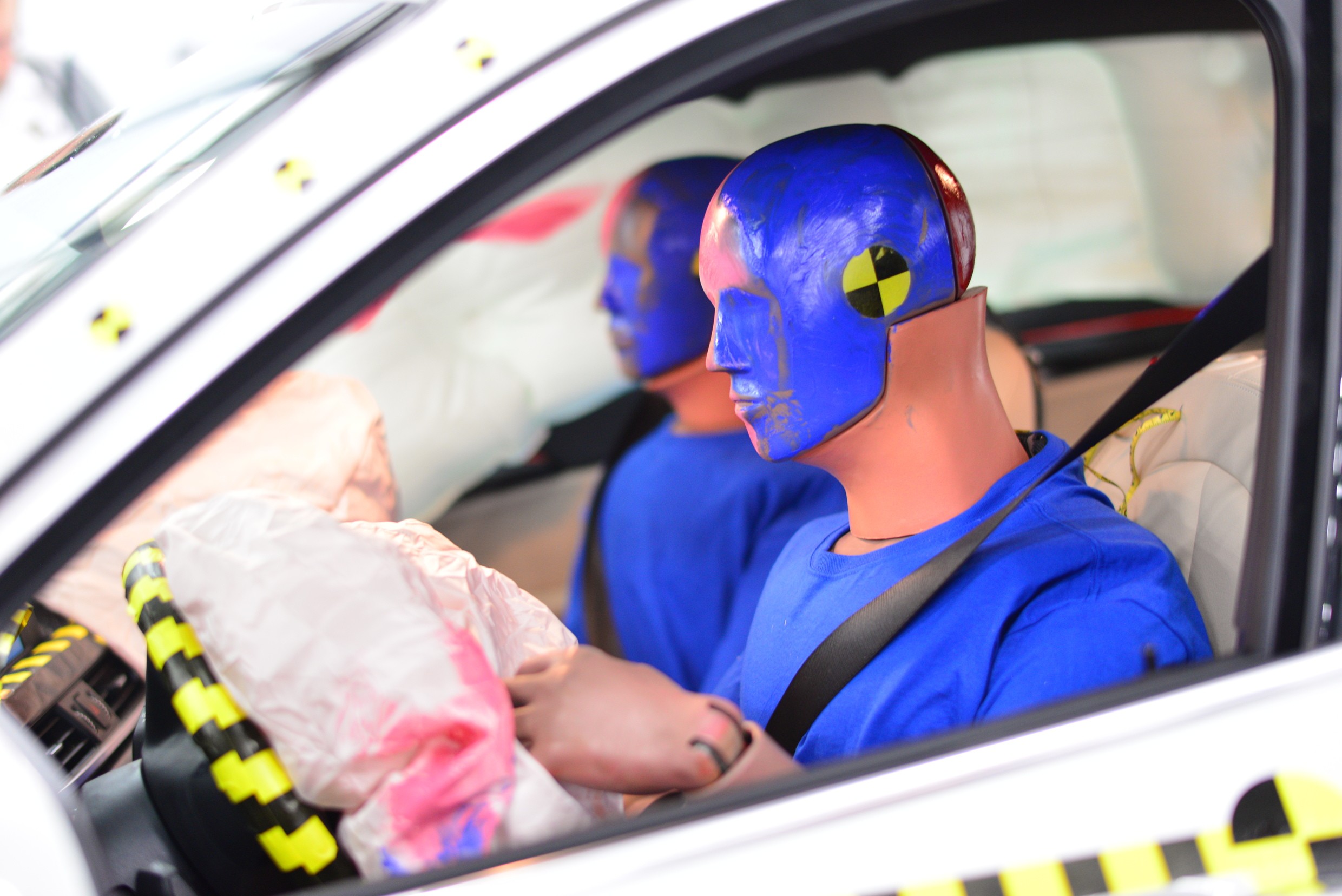The Insurance Institute for Highway Safety (IIHS) has revealed its latest rating program, assessing the effectiveness of driver monitoring systems in semi-automated driving technologies, with results that may raise eyebrows.
Out of the 14 systems evaluated, only one managed to secure an ‘Acceptable’ rating. Two were deemed ‘Marginal,’ while the remaining 11 were labeled ‘Poor.’
While many modern vehicles offer semi-autonomous driving features, where drivers are still required to remain attentive and keep their hands on the wheel, the IIHS has found that several of these systems lack sufficient safeguards, potentially posing risks to both vehicle occupants and other road users.
IIHS President David Harkey commented, “We evaluated partial automation systems from BMW, Ford, General Motors, Genesis, Lexus, Mercedes-Benz, Nissan, Tesla, and Volvo. Most of them don’t include adequate measures to prevent misuse and keep drivers from losing focus on what’s happening on the road.”
Among the tested systems, the Teammate system on the Lexus LS stood out as the sole recipient of an ‘Acceptable’ rating. However, the GMC Sierra and Nissan Ariya received ‘Marginal’ ratings.
Notably, several models, including the Volvo S90, Tesla Model 3, Genesis G90, Mercedes-Benz C-Class, and Ford Mustang Mach-E, were rated ‘Poor.’ The IIHS highlighted that the Lexus LS and Nissan Ariya also offer versions with less effective safety systems.

Alexandra Mueller, IIHS Senior Research Scientist, pointed out various shortcomings in these systems, emphasizing that many fail to adequately monitor driver attention or react promptly when attention is diverted.
Furthermore, she noted that some systems can be activated even if passengers are unbelted or essential safety features are disabled.
The IIHS hopes that its evaluation will prompt manufacturers to enhance their safety systems to better ensure driver attentiveness and prevent misuse of semi-autonomous features.
Suggestions include implementing additional safeguards like deactivating self-driving capabilities when seat belts are unfastened or emergency braking systems are disengaged.
While shortcomings were evident, the IIHS sees potential for rapid improvement, citing examples where automakers have already deployed software updates to enhance their systems.
David Harkey expressed optimism, stating, “No single system did well across the board, but in each category, at least one system performed well. That means the fixes are readily available and, in some cases, may be accomplished with nothing more than a simple software update.”
Despite advancements, none of the evaluated systems met the IIHS requirements for effective driver monitoring. Ford’s BlueCruise and Adaptive Cruise Control came closest by issuing alerts when a driver’s face or camera was obstructed. Conversely, BMW’s system failed to respond when such obstructions occurred.
The IIHS stresses the importance of persistent attention reminders, advocating for immediate alerts when driver inattention is detected. Only a few systems, such as Ford’s BlueCruise, Lexus’ Teammate, and GM’s SuperCruise, met these criteria.
While driver assistance systems show promise, the IIHS emphasizes the need for continued development and improvement. Motorists should remain vigilant and avoid overreliance on these technologies, as highlighted by warnings from organizations like the AAA in the past.
Also read: What Is IIHS Crash Test?

